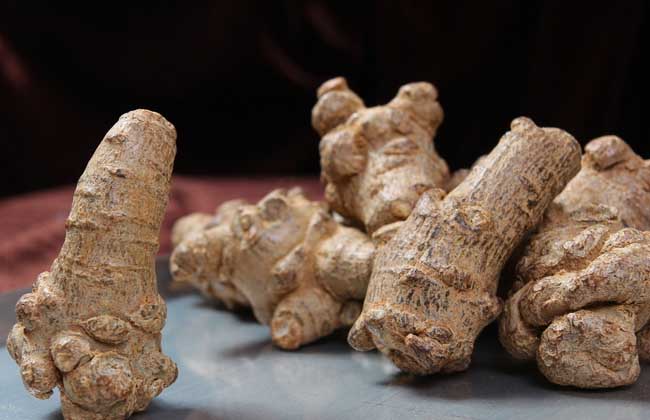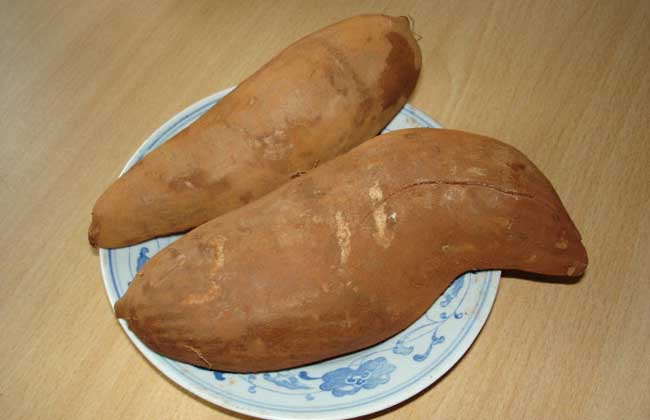How much is the seed of Panax notoginseng per jin?

Panax notoginseng has significant effects of promoting blood circulation and removing blood stasis, reducing swelling and relieving pain, and has the reputation of "Jinbu" and "Southern Shencao". Because Panax ginseng and ginseng are both ginseng plants, and its effective active substances are higher and more than ginseng, therefore, it is called "the king of ginseng" by modern traditional Chinese medicine pharmacologists, and the planting market prospect is very good. Let's take a look at how much Panax notoginseng seeds cost per jin.
How much is the seed of Panax notoginseng per jin?
The price of Panax notoginseng seeds is mainly determined by quality and quantity. Usually, the starting price of 1kg Panax notoginseng seeds is 350yuan per jin, 10kg of Panax notoginseng seeds is 320yuan per jin, and over 100kg of Panax notoginseng seeds is 260yuan per jin. From the price of Panax notoginseng seeds, it is quite cheap, about 100000 seeds can be sowed per mu (weight 8.5kg). Panax notoginseng seeds can be purchased online, but to prevent being cheated!
Sowing conditions of Panax Notoginseng Seeds
The germination temperature of Panax notoginseng seeds is 10: 30 ℃, the optimum temperature is 20 ℃, and the dormancy period of Panax notoginseng seeds is 45-60 days. During dormancy, the seedlings need to be treated with low temperature for a period of time before they germinate, and they are very sensitive to light. Traditionally, it is believed that 30% of natural light is needed for normal growth and development, so the shade shed of Panax notoginseng has a saying that "30% of the light is transparent and 70% is shaded." According to the latest research, the most suitable transmittance of Panax notoginseng shed is 812%, and the growth of more than 17% Panax notoginseng will be adversely affected.
Sowing methods of Panax Notoginseng Seeds
1. Seed treatment: seeds from 3-year-old plants with strong growth and free of diseases and insect pests were selected to collect and wash the pulp and sow in time when the fruit was ripe from November to December, because the germination rate was greatly reduced after the seeds were stored for one week. Before sowing, disinfect it with 0.2-0.3% Baomeidosulphur mixture for 10 minutes, or with 200-300 times zinc for 15 minutes, and then sow.
2. Seed sowing: 2-3 months before planting, the selected land will be ploughed over many times, so that the soil can be fully weathered and broken. Plough and rake again before sowing, then the height of the border is 1820 cm, the width of the border is 1 m, the basic fertilizer is 3000kg / mu, mix well with the soil, level the border surface, open the hole according to the row spacing of 6 cm × 6 cm, the hole depth is 1.5 cm, put 1 seed in each hole, cover the soil with straw to avoid soil consolidation. The seedlings sown in winter in the south emerged in 3 months and emerged in 4 months. About 100000 seeds per mu (weight 8.5kg) could be sown and transplanted in the nursery after one year of cultivation.
3. Seedling transplanting: Panax notoginseng must be transferred one year after growing in the seedbed (commonly known as "seed"), and the new land must be arranged in the same way as the seedbed, preferably during the heavy snow or the Winter Solstice. Dig up the "seeds" of the seedling bed, cut off the stems and leaves, commonly known as "Kezi" into the hole, apply a pinch of mixed fertilizer, cover the local area by 24 × 20 cm or 27 cm × 20 cm, the depth of the ditch is 3 cm 5 cm, when planting seedlings, make the seedling and the bottom of the ditch at an angle of 20 to 30 degrees, cover the soil while planting, the thickness is not to reveal the bud head, should not be too thick, and then cover the broken grass about 1 cm 1.5 cm thick, with no soil as the principle.
Related
- A course of planting techniques and methods on how to grow carrots
- How to plant the latest tulips?
- Is it better to pick tea in the morning or in the afternoon? When is the best time for tea to be picked? what is the third or fifth tea?
- Launch Yuanxiao Happy combination Haocha + Tea Yuan healthy Taste
- Penghu Tourism "Fireworks 20 Parade with You"
- 2022 West Lake Happiness holds "Digital Revitalization Voucher" and draws iphone13 and laptop.
- Banqiao Fuzhou social houses are designed to change start-up combined with police elimination to create a safe and livable environment
- The convenient measure of "mechanical weeding" in Xinbei has been abused and the Agriculture Bureau has imposed heavy penalties on the illegal land consolidation.
- Changgeng University Joins Hands with Four Memory Factories to Rescue Memory Talent Shortage
- The list of Taiwan's top 100 MVP managers is listed by the Director-General of the Farmers' Association of Sanxia District.



